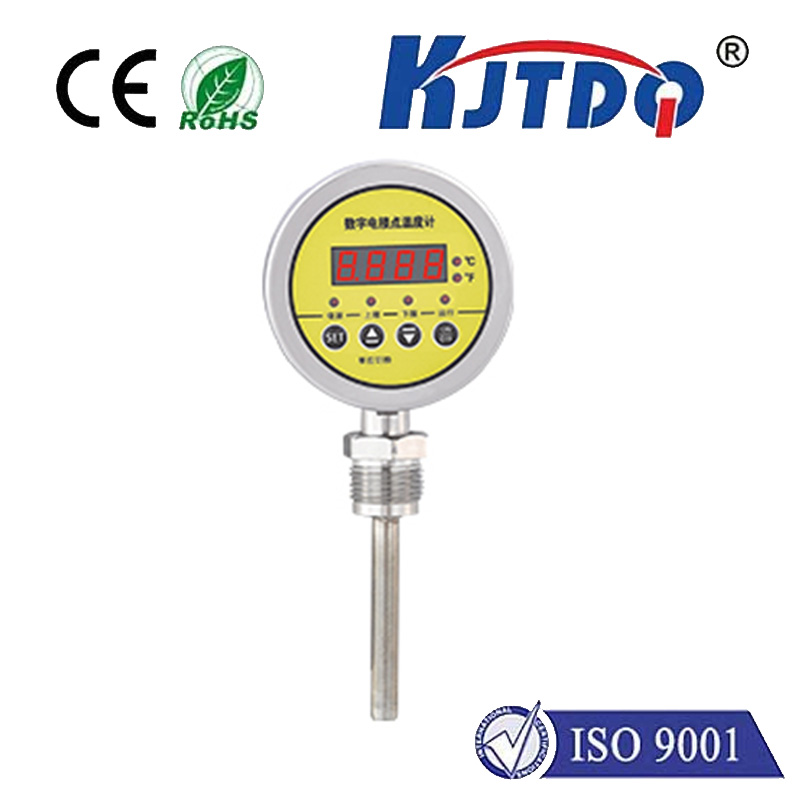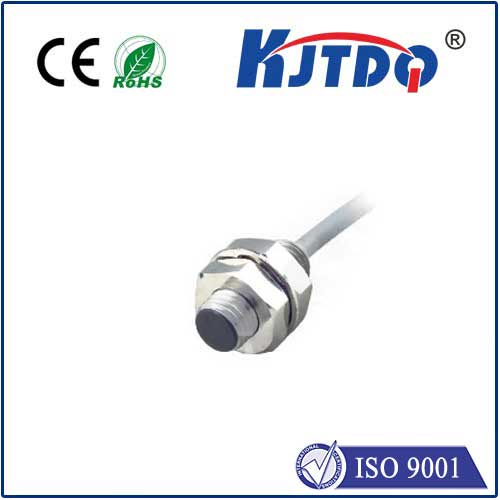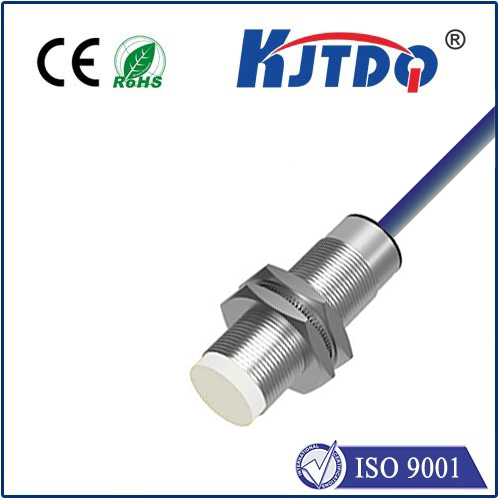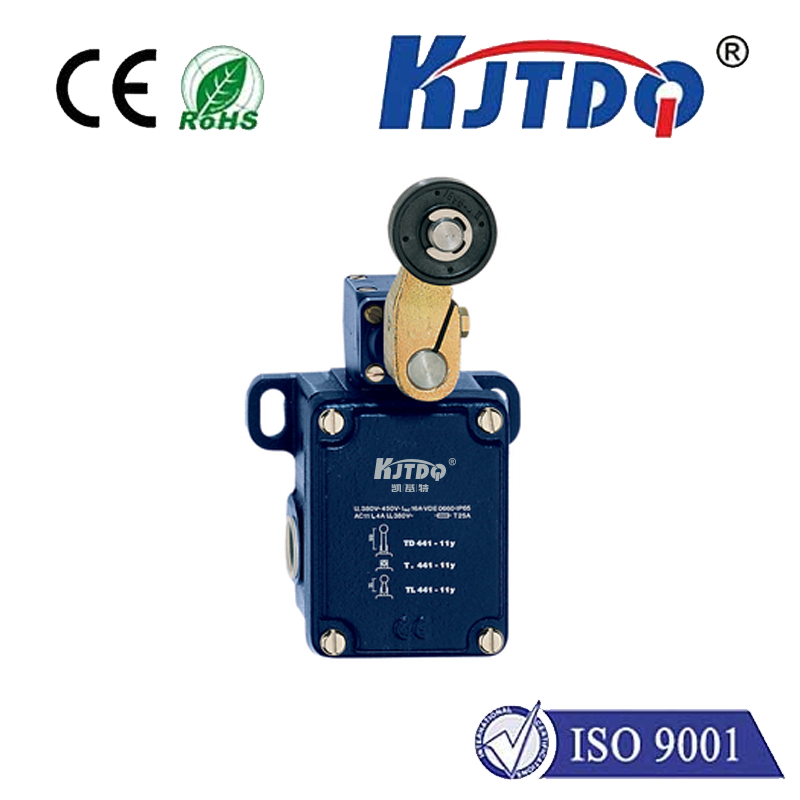sensor m18 laser
- time:2025-09-11 04:50:22
- Нажмите:0
The M18 Laser Sensor: Precision Meets Industrial Durability in a Compact Powerhouse
Imagine measuring the thickness of a human hair, detecting the precise position of a rapidly moving component on an assembly line, or ensuring flawless fill levels in bottling plants – all with unwavering accuracy, even in dusty or demanding environments. This isn’t science fiction; it’s the everyday reality enabled by the M18 laser sensor. More than just a component, the M18 laser sensor has become a cornerstone technology across countless sectors, representing an ideal fusion of sophisticated optical measurement and rugged industrial design. This compact powerhouse delivers the precision of laser technology packaged in one of automation’s most recognizable and versatile form factors.
Understanding the Core: What Defines an M18 Laser Sensor?
At its heart, the “M18” designation primarily refers to the sensor’s standardized cylindrical housing diameter of 18 millimeters. This compact size is a major advantage, allowing for easy integration into tight spaces on machinery, robotic arms, or production lines where real estate is often limited. The “laser” aspect signifies the core sensing technology: it utilizes a focused laser beam (typically red or infrared) to perform highly accurate detection or measurement tasks.
Unlike simpler photoelectric sensors, M18 laser sensors often employ advanced principles like optical triangulation or time-of-flight measurement. In triangulation models, a laser diode projects a spot onto the target. The reflected light hits a position-sensitive detector (PSD) at an angle. The exact position of the reflected spot on the PSD changes depending on the target’s distance, allowing precise distance measurement. Time-of-flight sensors calculate distance based on the exact time it takes for a laser pulse to travel to the target and back. This capability makes them displacement sensors or distance measurement sensors, not just presence detectors.

Why M18 Laser Sensors Dominate Industrial Applications:
The combination of laser precision and the M18 form factor yields exceptional advantages:
- Unmatched Accuracy and Resolution: M18 laser sensors offer micron-level accuracy in displacement measurement tasks. This is crucial for applications like verifying part dimensions, controlling robotic positioning, checking component height or thickness variations, and monitoring surface profiles. Their high resolution allows detection of minute changes invisible to other sensor types.
- Extended Sensing Ranges: Despite their small size, many M18 laser sensors boast impressive sensing ranges relative to their diameter. While specific ranges vary by model (from millimeters up to several meters), they consistently outperform similarly sized non-laser sensors, enabling flexible mounting distances.
- Remarkable Tolerance to Challenging Environments: Engineered for harsh industrial settings, best-in-class M18 laser sensors feature:
- Resistant Housing: Typically IP67 or IP69K rated, providing robust protection against dust, water jets, and washdowns.
- Stable Performance: Designed to minimize the impact of ambient light interference, minor surface color variations, or target reflectivity changes, ensuring reliable readings in variable conditions.
- Resistance to Vibrations: Their solid-state design and rugged construction make them suitable for use on vibrating machinery.
- Exceptional Performance on Small Targets: The highly focused laser spot allows M18 laser sensors to detect and measure very small objects or features – tiny components, fine wires, thin gaps – where a wider beam from other sensors would fail.
- Fast Response Times: Laser technology enables incredibly rapid detection and measurement cycles, making these sensors ideal for high-speed production lines, sorting applications, and tasks involving rapidly moving targets. Their high switching frequency is a key differentiator.
- Easy Integration and Versatility: The standardized M18 threading simplifies mechanical mounting. They offer various output options (digital PNP/NPN, analog voltage/current, IO-Link) and connection styles (cable, connector), ensuring compatibility with most PLCs and control systems. Models exist for purely detecting presence/absence, precise distance measurement, or even identifying height differences.
Illuminating Diverse Applications: Where M18 Laser Sensors Shine
The unique capabilities of the M18 laser sensor translate into an incredibly wide range of applications:
- Precision Manufacturing & Assembly: Verifying component presence, orientation, height, and dimensional accuracy on PCBs, automotive parts, electronics assembly. Ensuring correct part seating. Controlling robotic path accuracy and end effector positioning.
- Packaging & Filling: Precise fill level control in bottles, cans, and containers. Checking cap presence and position. Monitoring label placement and integrity. Verifying case pack completeness.
- Material Handling & Logistics: Detecting object position on conveyors for sorting or diverting. Measuring pallet stack heights. Verifying package dimensions for shipping.
- Woodworking & Metal Fabrication: Monitoring material thickness during milling or planing. Controlling saw blade positioning. Detecting edge positions for precise cutting or routing.
- Automation & Robotics: Providing critical feedback for precise robotic guidance, pick-and-place applications, and assembly tasks. Enabling collision avoidance in collaborative robot cells.
- Quality Control & Inspection: Performing non-contact measurement of gaps, steps, warpage, or surface defects. Ensuring consistent product quality on the production line.
Selecting the Right M18 Laser Sensor: Key Considerations
Choosing the optimal M18 laser sensor requires careful thought:
- Primary Function: Is the task primarily detection (object present/not present) or precise measurement (exact distance, height, thickness)? This dictates the sensor type (diffuse, background suppression, distance measuring).
- Required Accuracy and Resolution: What level of precision is non-negotiable for the application? Micron-level needs demand high-resolution measurement sensors.
- Sensing Range: Measure the maximum and minimum distances between the sensor mounting point and the target.
- Target Characteristics: Consider size, color, material, surface texture (shiny, matte), and reflectivity. Some sensors are better suited for challenging surfaces (dark objects, transparent materials, shiny metals) than others.
- Environmental Factors: Assess exposure to dust, moisture, chemicals, vibration, and temperature extremes. Choose an appropriate IP rating and environmental spec.
- Output and Connectivity Needs: Ensure compatibility with the existing control system (digital I/O, analog signal, IO-Link for smart sensor data and configuration).
- Response Time: Match the sensor’s speed to the dynamics of the application.
The Indispensable Workhorse: Why M18 Laser Sensors Remain Vital
In the relentless pursuit of efficiency, quality, and automation in modern industry, the humble M18 laser sensor consistently proves its immense value. It delivers the pinpoint accuracy demanded by precision tasks within a housing tough enough to withstand demanding factory environments, all in a conveniently compact package. From ensuring the perfect fill in your beverage bottle to guaranteeing the flawless assembly of complex machinery, these sensors are silent, invisible guardians of quality and productivity. Their combination of laser precision, rugged M18 form factor, and versatility ensures they will continue to be fundamental building blocks in the automated world for the foreseeable future, providing reliable, non-contact sensing where it matters most.










